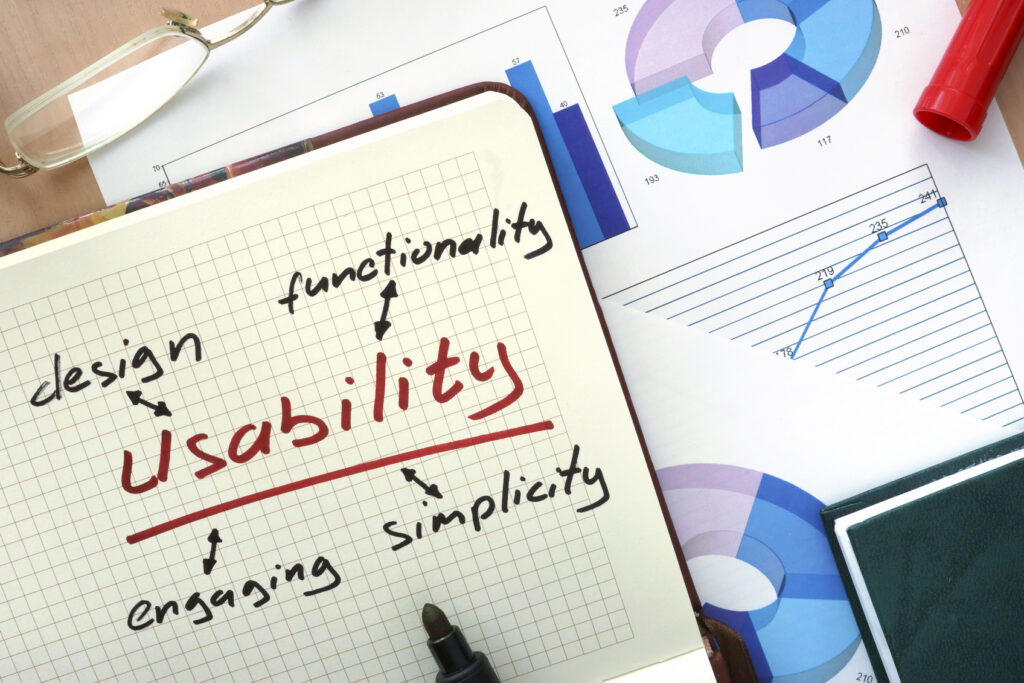Improve Your Online Sales Through Targeted Usability Testing
Your ecommerce website is beautifully designed, compels action with enticing content, and highlights desirable products built to sell. But none of this matters if visitors to your site cannot figure out how to move around it. That is why it is critical to conduct usability testing on your website before or immediately after launch, after you have made big changes, or every year or so from an upkeep standpoint.
What Is Usability Testing?
Website usability focuses on ensuring your site has a user-centric design that addresses visitor needs. Usability testing, therefore, helps you identify bottlenecks, unclear user instructions, and other problems that could cause visitors to leave your site in favor of another one that is easier to use.
Symptoms of a Site That Needs Testing
If your site receives a lot of traffic, but little activity, it is time to find out why. Here are specific problems that can signal your turn to start usability testing:
- High bounce rates (visitors leave the site immediately)
- Short time on site by users who do not bounce
- Abandonment of shopping basket
- Users sending you emails or calling to do business rather than using the website path
- A certain segment such as mobile users bounce more quickly than others
Do any of these issues sound familiar to you? If so, read on to learn about the ways you can approach usability testing.
How to Perform Usability Testing
If you’re a do-it-yourselfer who understands “usability speak,” then you can choose from one of two basic approaches to performing usability testing.
- Use online software tools such as CrazyEgg or UserTesting to help you identify your biggest usability issues. Some tools are free, while others have monthly or annual subscription requirements. This approach requires a high comfort level with new software systems, but generally requires very little setup time per task you wish you test.
- Perform live testing with users where you can dive deeper into feedback. This option offers you the greatest control over the full testing experience. It requires significant time in planning, running and sifting through all of the results once testing is over.
Regardless of which approach you take, your focus should always be on how easy it is for users to navigate through your site and to perform specific tasks (e.g., purchase a product, leave a review, contact customer care, etc.). You’ll also want to investigate what the users perceive as your brand as they are on your site.
Working With a Professional Usability Testing Team
If you are new to site testing or if you are uncomfortable running a usability test on your own, you can always seek assistance from a web marketing consultant who can both conduct the testing and make recommended changes once the test is over.
However you test your ecommerce website, it is important to remember that testing is not a single event. Rather, it is something you need to do throughout the life of your site. Unless you can determine how a user responds to your site, you have no way of knowing whether you are getting a good return on your investment.
You spent a lot of money on your website. Now find out whether it’s working.

